
-
Find the right food for your petTake this quiz to see which food may be the best for your furry friend.Find the right food for your petTake this quiz to see which food may be the best for your furry friend.Featured products
 Adult Chicken & Barley Recipe Dog Food
Adult Chicken & Barley Recipe Dog FoodSupports lean muscle and beautiful coat for adult dogs
Shop Now Puppy Large Breed Chicken & Brown Rice Recipe
Puppy Large Breed Chicken & Brown Rice RecipeVital nutrients to support 5 essential building blocks for lifelong health
Shop Now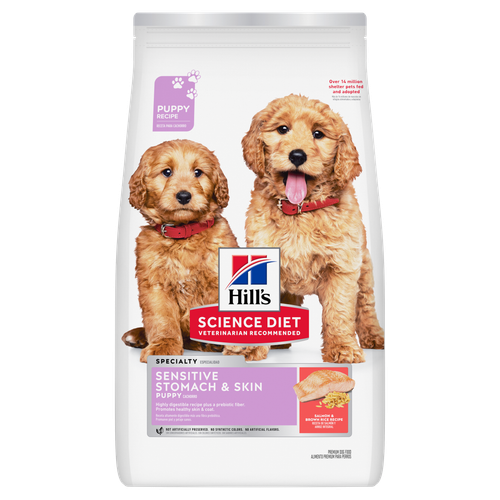 Puppy Sensitive Stomach & Skin Salmon & Brown Rice Recipe
Puppy Sensitive Stomach & Skin Salmon & Brown Rice RecipeDelicious, highly digestible recipe, gentle on stomachs. Nourishes skin & promotes a lustrous coat
Shop NowFeatured products Kitten Chicken Recipe
Kitten Chicken RecipeVital nutrients to support 5 essential building blocks for lifelong health
Shop Now Adult Urinary Hairball Control Chicken & Rice Recipe Cat Food
Adult Urinary Hairball Control Chicken & Rice Recipe Cat FoodActively supports the health of the whole urinary system
Shop Now Adult 7+ Chicken Recipe Cat Food
Adult 7+ Chicken Recipe Cat FoodSupports energy level and beautiful fur in mature cats
Shop Now -
Dog
- Dog Tips & Articles
-
Health Category
- Weight
- Food & Environmental Sensitivities
- Urinary
- Digestive
- Joint
- Kidney
-
Life Stage
- Puppy Nutrition
- Adult Nutrition
- Senior Nutrition
Cat- Cat Tips & Articles
-
Health Category
- Weight
- Skin & Food Sensitivities
- Urinary
- Digestive
- Kidney
-
Life Stage
- Kitten Nutrition
- Adult Nutrition
Featured articles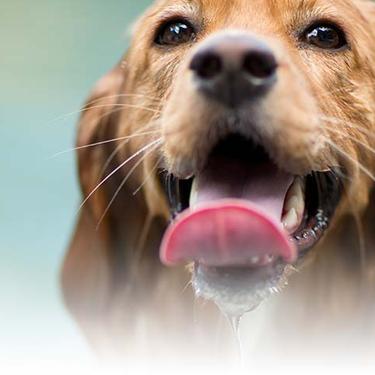 Water
WaterDiscover why water is the most important nutrient for your dog or cat to live a healthy life. Find out how much water your pet should consume each day.
Read More Pet Food Storage Tips
Pet Food Storage TipsDiscover how and where to store your dry, as well as canned, dog and cat food. Learn how to find the "best before" dates on all Hill's pet food packaging.
Read More The Incredible Science Behind Your Pet's Microbiome
The Incredible Science Behind Your Pet's MicrobiomeLearn what a pet's microbiome is, how it contributes to your pet's gut & overall health, and why nutrition is important in maintaining healthy microbiomes.
Read More -


While xylitol is safe for humans to consume, xylitol and dogs don't go together. Unfortunately, xylitol poisoning in dogs is common, and ingesting even a small amount can be harmful. Let's look at what xylitol is, which products include this ingredient and what to do should your furry friend accidentally consume it.
What Is Xylitol?
Xylitol is a natural sugar alcohol derivative that's used as a sugar substitute in many products, including sugar-free gum, candy, toothpaste, chewable vitamins, peanut butter and more. Fortunately, Preventive Vet provides a comprehensive list of products that contain xylitol. Some brands include:

- Trident and Icebreakers gum
- Go Nuts, Co
- Krush Nutrition
- P28 Foods
- Nuts 'N More
- No Cow
- ACT dental products
Xylitol also comes in a granulated powder that's used for cooking and baking, and it's even used in some sport clothing lines as a cooling agent. This ingredient goes by several other names, including birchbark extract, birch sugar, d-xylitol, xylite, 1,4-anhydro-d-xylitol, anhydroxylitol and xylitylglucoside. As you can see, xylitol is fairly ubiquitous.
Clinical Signs of Xylitol Consumption
Clinical signs associated with xylitol and dogs can develop in as little as 15 minutes after ingestion. Some signs, like low blood sugar, can last for up to 12 hours following exposure. Clinical signs of xylitol poisoning in dogs include:
- Vomiting
- Weakness
- Incoordination
- Seizures
- Bloody diarrhea
- Excessive bruising due to bleeding disorders
- Jaundice
The most common way dogs are poisoned by xylitol is by ingesting sticks of xylitol-sweetened gum. Even two sticks of gum containing xylitol can be enough to cause liver failure in dogs.
Helping Your Dog If They've Consumed Xylitol
If your dog accidentally consumes a product that contains xylitol, intervene quickly. The sooner you can get the xylitol out of your dog, the better the prognosis. Your first step should be contacting your veterinarian for advice on how to proceed. If your vet isn't available, call an emergency veterinary clinic or a vet on call. If you don't have an urgent care vet available, call the Pet Poison Hotline.
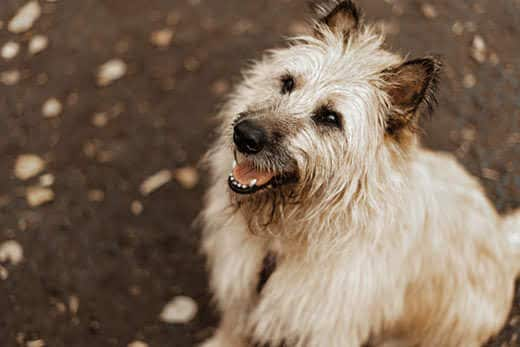
When to Visit Your Vet
After consultation with your veterinarian, if they recommend having your pet seen, you should bring them to the hospital as soon as possible for evaluation. If you are able to get your pet to your veterinarian for treatment within 2-3 hours of ingestion, they may be able to induce emesis (vomiting) to try and get the xylitol out of your dog's digestive system. If emesis is unsuccessful, or it's been more than a few hours since the xylitol was ingested, your dog may be hospitalized for monitoring of blood sugars, liver function and general supportive care including fluid therapy to support the vital organs and maintain normal blood sugars. Your dog will likely need to be hospitalized and monitored for at least 24 hours. Dogs who are exposed to xylitol are at risk for liver damage, electrolyte abnormalities, bleeding disorders and low blood sugar, and all of these parameters need to be frequently checked and corrected if necessary.
For most dogs, the prognosis is good with treatment. The prognosis is guarded to poor if severe liver damage occurs.


Tasty Tips
Preventing Xylitol Poisoning
The best way to protect against problems involving xylitol and dogs is to read the labels of the products you purchase, know which ones contain xylitol and keep all xylitol products safely stored away from curious canine companions. Be advised: Xylitol may only be listed as a "sugar alcohol" in the ingredient list. While other sugar alcohols aren't known to be toxic to dogs, don't give your dog any products containing sugar alcohol to be on the safe side. Also keep in mind that xylitol is popularly used as an artificial flavoring in human medications. So, if any of your pet's medications are prescribed through your local pharmacy, be sure you've asked for a xylitol-free formulation.
When it comes to non-sugar sweeteners and dogs, xylitol is the toxic compound of primary concern. Other sweeteners, including erythritol, stevia, saccharin, aspartame, monk fruit and sucralose, have no known toxicity in dogs. If they're consumed in large amounts, however, they're known to cause gastrointestinal upset. Any product advertised as "sugar-free," "no sugar added" or "low carb" could contain xylitol, so protect your dog by being aware of what products you bring into your home and where you store any products that could contain xylitol.
As with any potentially toxic product, there's no reason to be afraid of purchasing xylitol products if you store them properly and out of reach of pets. Becoming more aware of which products and ingredients are harmful for your dog to consume can lead to a happier and healthier life.


Dr. Sarah Wooten graduated from UC Davis School of Veterinary Medicine in 2002. A member of the American Society of Veterinary Journalists, Dr. Wooten divides her professional time between small animal practice in Greeley, Colorado, public speaking on associate issues, leadership, and client communication, and writing. She enjoys camping with her family, skiing, SCUBA, and participating in triathlons.
Related products
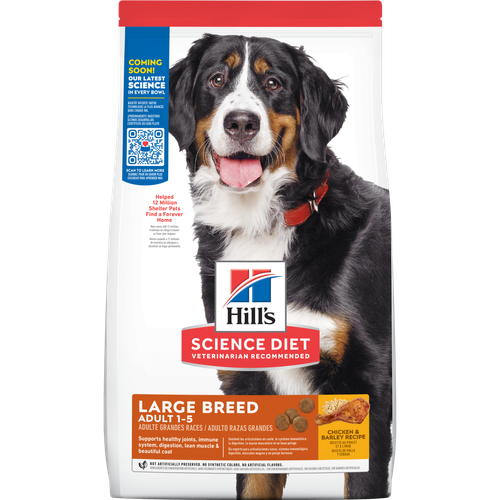
Supports healthy joints, lean muscle, and beautiful coat for large breed dogs

Vital nutrients to support 5 essential building blocks for lifelong health

Delicious, highly digestible recipe, gentle on stomachs. Nourishes skin & promotes a lustrous coat

Supports lean muscle and beautiful coat for adult dogs
Related articles

Large and giant breed puppies have different nutritional needs than other dogs. Learn how to provide the special care they need to grow up big and strong.
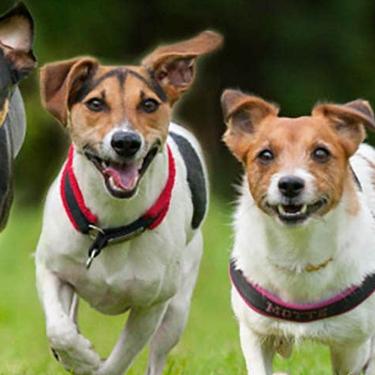
Understand the role that Omega-6 and Omega-3 fatty acids play in your dog's overall health, and how you can ensure they are getting enough.
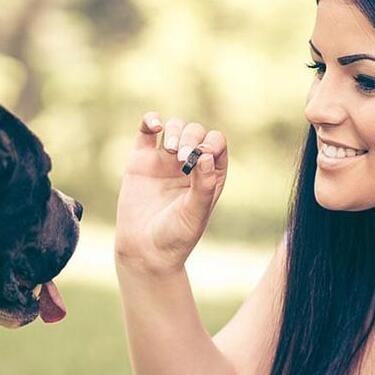
Proper nutrition for your pregnant or nursing dog is vital to her and her puppy's health. Learn what you should do provide her with the proper nutrients.

Learn about Hill's puppy food and the nutritional benefit & high quality ingredients that it contains for your pup.
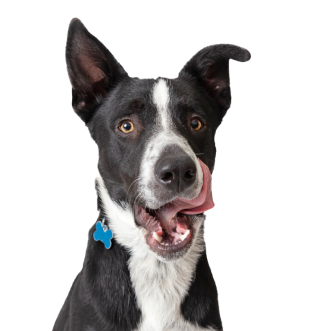
Put your dog on a diet without them knowing
Our low calorie formula helps you control your dog's weight. It's packed with high-quality protein for building lean muscles, and made with purposeful ingredients for a flavorful, nutritious meal. Clinically proven antioxidants, Vitamin C+E, help promote a healthy immune system.
Put your dog on a diet without them knowing
Our low calorie formula helps you control your dog's weight. It's packed with high-quality protein for building lean muscles, and made with purposeful ingredients for a flavorful, nutritious meal. Clinically proven antioxidants, Vitamin C+E, help promote a healthy immune system.

